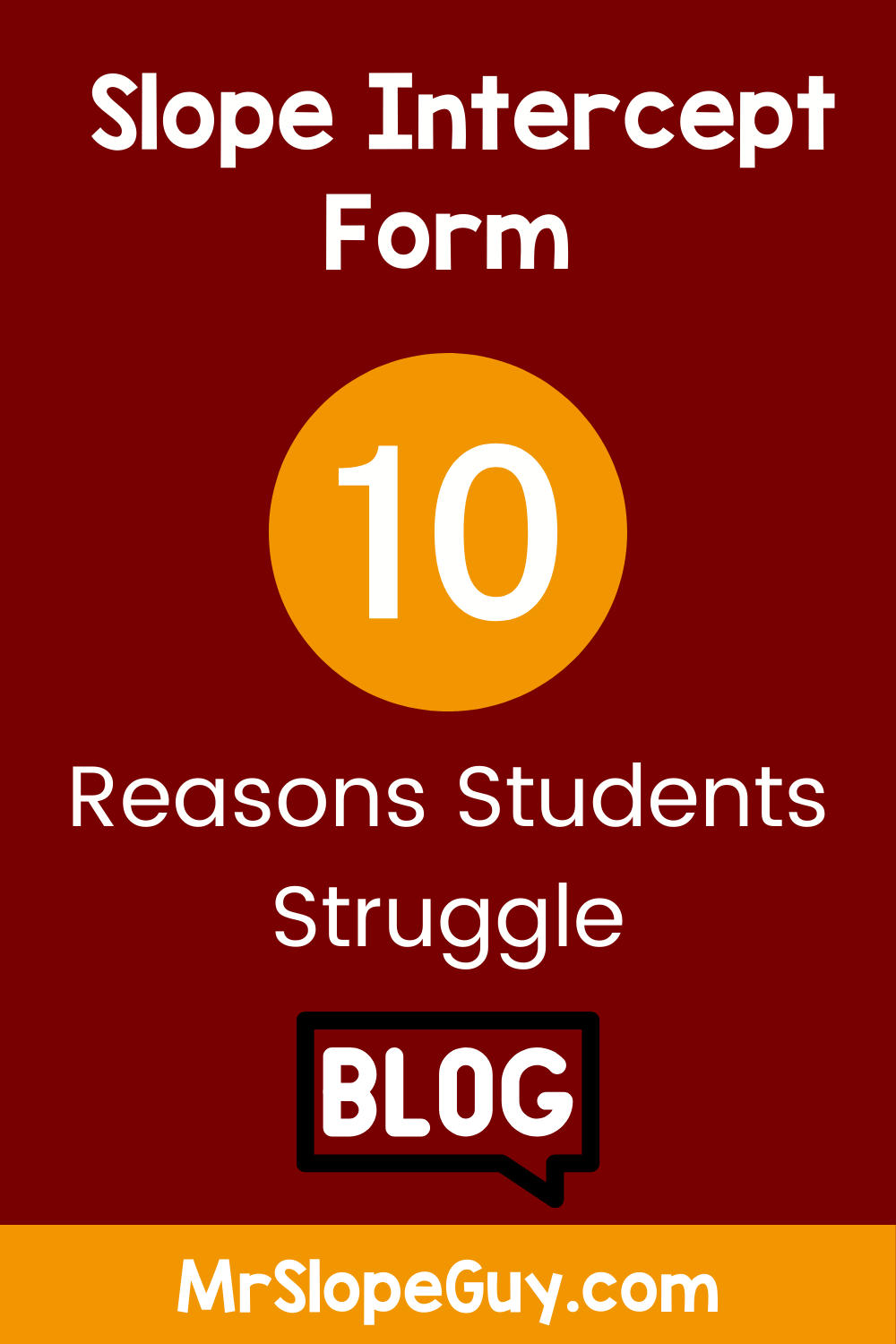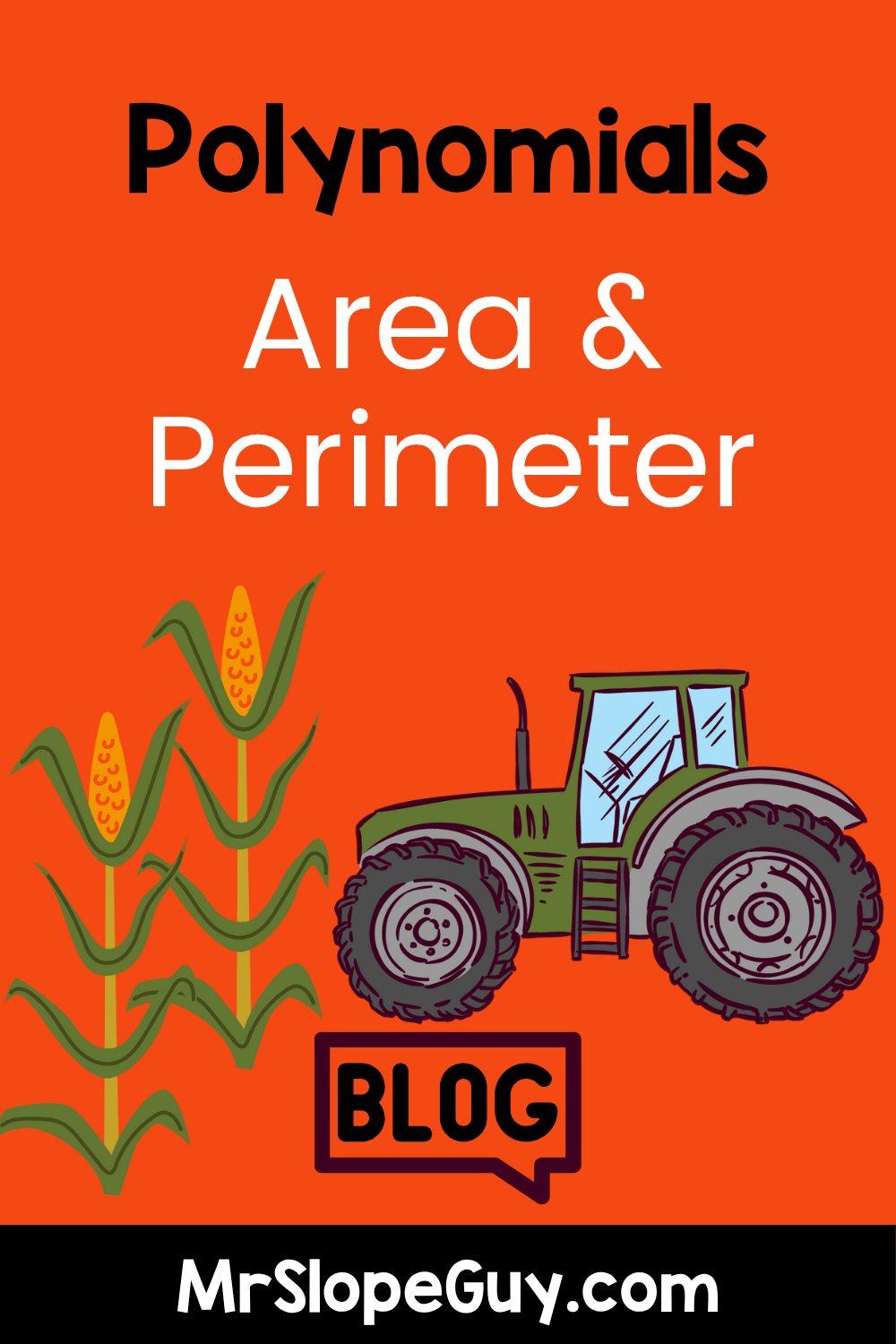The Pythagorean Launchpad: Building a Solid Foundation in Right Triangle Reasoning
The Pythagorean Theorem may be over 2,500 years old, but it remains one of the most important building blocks in middle school math. Yet despite its simplicity, many students struggle with identifying the hypotenuse, recognizing right triangles, and applying the formula with confidence. Before students can tackle classic ladder problems or diagonal distance challenges, they need a strong grasp of the basics—what the sides represent, how to set up the equation, and how to check whether their answers make sense.
This blog breaks down the most common hurdles students face when first learning the theorem and offers a clear, accessible approach to teaching it. With step-by-step reasoning, visual support, and scaffolded practice, the Pythagorean Theorem Introduction Worksheet becomes more than just a handout—it becomes a true launchpad for deeper geometric thinking. Whether you're introducing the theorem for the first time or reteaching it after a few shaky attempts, this resource helps students build the confidence and clarity they need to move forward.
One Brick at a Time: Why Targeted Math Worksheets Still Build the Best Foundations
Building math skills is a lot like building a house—you can’t skip steps or stack wobbly bricks and expect everything to hold. In the classroom, our “bricks” are the individual skills that make up a student’s understanding of mathematics, and well-crafted worksheets are one of the most reliable tools for laying those bricks with purpose. When worksheets are targeted, scaffolded, and skill-specific, they help students master concepts one layer at a time, creating a strong foundation for everything that comes next. Just like P.T. Barnum said, success happens “one brick at a time”—and in math class, those bricks matter more than ever.
How to Teach Slope Step-by-Step with Printable Worksheets!
Teaching slope doesn’t have to feel like pushing a boulder uphill. With the right visuals, scaffolded worksheets, and a little bit of math magic, slope can actually become one of the most enjoyable “lightbulb moments” in your classroom. Whether you're introducing similar triangles, comparing rates of change, or tackling those tricky vertical and horizontal lines, students can build a deep, lasting understanding of what slope really means.
In this post, we’ll walk step-by-step through nine effective ways to teach slope—complete with printable worksheets, real-world connections, and strategies that help students climb from confusion to confidence. Get ready to help your class rise over any challenge that slope throws their way!
Pinball Reflections: Flipping Figures on the Coordinate Plane
Teaching reflections on the coordinate plane can feel a bit like watching a pinball machine—objects bouncing, flipping, and flying in every direction. But what if that chaos is exactly what helps the lesson click? In this blog, we turn reflections into a pinball-themed adventure that helps students visualize flipping shapes across the x- and y-axes with confidence. From common mistakes to classroom-tested strategies—and a reflections worksheet your students will love—you’ll have everything you need to turn this tricky topic into an arcade-style win. Pull back the spring and let’s launch into learning!
How to Make Homeschool Math Click—Without Just Clicking!
Discover effective ways to teach homeschool math without relying solely on online clicks! This post explores top free resources like Khan Academy and Mr. Slope Guy’s YouTube channel, and emphasizes the vital role of hands-on practice. Learn how blending video instruction, engaging content, and worksheet-based reflection builds true math mastery for middle school and Algebra 1 students. Targeted for teachers, tutors, and homeschooling parents, these strategies help students develop mathematical confidence by showing work, explaining reasoning, and verifying answers independently.
Classroom Management: Don’t Ignore the ELEPHANT in the Room!
Every teacher knows classroom management can make or break a lesson — but sometimes it feels like there’s an elephant tromping through your plans. This lighthearted guide turns that elephant into your ally, with eight practical tips (one for each letter in E.L.E.P.H.A.N.T.) to help you create a calm, consistent, and engaging classroom. From anticipating problems to celebrating positive behavior, these strategies will help you teach smarter, not louder.
Small Groups, Big Gains: Math Strategies That Work
Small groups, big gains — that’s the secret to unlocking student success in math. 💡
Research shows that small-group, student-centered instruction leads to deeper understanding, stronger confidence, and better performance in math classrooms. When students work in groups of 3–6, they not only learn more effectively but also communicate, collaborate, and think critically in ways whole-class instruction can’t match. From differentiation and confidence-building to lowering math anxiety, discover why small-group learning is one of the most powerful strategies in modern math education—and how you can make it work in your classroom.
Making Sense of the Numbers: Teacher Tips for Tackling Data and Statistics
Statistics doesn’t have to make your students’ eyes glaze over! From quirky correlations to eye-opening visualizations, data can tell fascinating stories—if you know how to guide your class through it. In this blog, we explore practical, teacher-tested strategies for making statistics fun, approachable, and deeply meaningful. Learn how to turn scatterplots into stories, box plots into comparisons, and data into discovery. Whether you’re tackling mean, median, and mode or diving into standard deviation and normal distributions, these tips will help your students see that math is more than numbers—it’s the key to understanding the world around them.
Circles Are Not Just for Pi Day: Riding the Orlando Eye with Area and Circumference
When March 14th rolls around, math teachers break out the pies and pizzas for Pi Day—but circles deserve more than one day of celebration! In this post, we take a ride on the Orlando Eye, a 400-foot observation wheel that doubles as the ultimate real-world circle lesson. From calculating its massive circumference to comparing its area to a giant pizza, you’ll see how this Florida landmark turns abstract formulas into breathtaking math connections. Plus, get classroom-ready tips to help students finally master area and circumference—and grab a colorful, no-prep worksheet to make your next lesson spin with success.
Graphing Stories: Once Upon a Time in Algebra
Every story has a beginning, middle, and end—and so does every graph. Teaching graphing stories helps students see how real-world events translate into mathematical models, turning words into visuals and change into slope. From fairy tales to roller coasters, this post explores how connecting narrative thinking to algebra can make graphing more intuitive, memorable, and fun. Plus, you’ll find a ready-to-use worksheet activity that turns “once upon a time” into a lesson in functions.
Histogram vs. Box Plot: When to Use Each for Describing Data
Histograms and box plots are two of the most useful tools for exploring data—but they highlight different stories. A histogram shows the overall shape of a distribution, revealing clusters, gaps, or skewness. A box plot, on the other hand, summarizes the spread with quartiles and makes it easy to spot outliers or compare groups. This post breaks down when to use each, what insights they provide, and why using them together gives students the clearest picture of their data.
Rearranging Equations Without the Tears: Worksheets That Work
Literal equations may look like a tangle of letters, but they’re one of the most useful skills in Algebra—and beyond. From rearranging area formulas to isolating variables in physics equations, students who master this concept gain confidence, flexibility, and a deeper understanding of math’s structure. This post unpacks why students struggle with literal equations and how targeted worksheets can turn frustration into fluency. With the right practice, those puzzling formulas start to feel less like riddles and more like powerful tools.
Building Algebra’s Engines: Mastering Polynomial Operation
Step into algebra’s steampunk workshop, where polynomials aren’t just problems—they’re engines waiting to be built. From vocabulary hurdles to the ever-slippery negative sign, students often feel like they’re fixing a machine without the manual. This guide breaks down the common challenges of teaching polynomial operations and offers practical, visual strategies that keep the gears turning smoothly. With the right tools and scaffolding, students can move from confusion to mastery—and even enjoy the process.
Balancing the Budget: Helping Students Make Sense of Spending and Saving
Budgeting may not sound exciting to middle and high school students, but it’s one of the most valuable life skills they can learn. Teaching kids how to plan, save, and make smart spending choices sets them up for future success—whether it’s managing allowance money, saving for a new phone, or preparing for their first paycheck.
In this post, we’ll explore two engaging classroom-ready activities that make budgeting real for students: a Personal Budget Reading Comprehension Worksheet that blends literacy with financial concepts, and a Middle School Budget Simulation where students practice tough money decisions. With interactive lessons and realistic scenarios, your students will gain confidence in financial literacy while sharpening their math and problem-solving skills.
From Bigfoot to Vertical Angles: Making Geometry Fun and Engaging
Teaching angle relationships doesn’t have to feel like decoding a secret language. Instead of another dry geometry lesson, why not turn your classroom into a mystery hunt featuring Bigfoot and the Loch Ness Monster? With two engaging worksheets—one straightforward for practice, the other riddle-based with cryptid clues—students will master vertical, complementary, and supplementary angles while actually having fun. When math meets monsters, everyone wins.
10 Reasons Students Struggle with Slope-Intercept Form (and How to Help Them Conquer It!)
Why do so many students struggle with slope-intercept form? From confusing slope with the y-intercept to making graphing mistakes, this foundational algebra skill can feel like a beast to conquer. In this post, we break down the 10 most common challenges students face with y = mx + b—and provide practical strategies to help them finally master it. Whether you’re teaching Pre-Algebra, Algebra 1, or homeschooling, these tips will make slope-intercept form more accessible, engaging, and relevant for your students.
Taming the Exponents: When Three Blind Mice Meet Negative and Zero Powers
Exponents don’t have to feel like a maze of confusion for your students. Zero powers, negative exponents, and all those tricky rules can easily trip them up—but with the right approach, they can master these concepts with confidence. In this blog, we explore why exponent rules are so challenging, how to help students avoid common pitfalls, and how a lighthearted riddle worksheet (featuring “Three Blind Mice”) can turn exponent practice into something students actually enjoy.
The Ultimate Polynomial Field Test: Can Your Students Find Area and Perimeter?
Take your students beyond the textbook and into the fields—literally! The Polynomials: Area and Perimeter Worksheet blends algebraic operations with real-world farm-themed word problems. From adding and subtracting polynomial “fields” to multiplying binomials for area, students see how math skills grow together into a full harvest of understanding. Perfect for review, assessment prep, or just making math more engaging, this worksheet turns abstract expressions into hands-on problem solving.
Why Students Need to Master Combining Like Terms & Distributive Property
Middle school math can feel like a noisy jumble of variables and parentheses—but two essential skills help students cut through the confusion: combining like terms and using the distributive property. These aren’t just nice-to-haves—they’re non-negotiable foundations for success in Pre-Algebra and Algebra 1. In this post, we unpack common student struggles, share tips for clarity, and offer two printable worksheets (including a riddle!) to help your class master these skills without missing a beat.
Untangling Taxes: Helping High School Students Understand Form 1040
Taxes might sound intimidating to teens, but understanding Form 1040 is one of the most practical life skills we can teach high school students. From W-2s to deductions, this blog breaks down the basics of income tax in an engaging, hands-on way that connects classroom learning to the real world. Discover how to turn tax season into a teachable moment with interactive activities that build financial confidence—before students ever file their first return.





















